On May 9, 2022, the Governmental Accounting Standards Board (GASB) issued GASB Statement (GASBS) No. 99, Omnibus 2022 (GASBS 99). The statement addresses a variety of practice issues identified during the implementation and application of certain GASB statements and accounting and financial reporting for financial guarantees.
The effective dates of the statement vary by topic, with certain requirements effective upon issuance, and other requirements effective for either fiscal years beginning after June 15, 2022 or June 15, 2023.
Background
The GASB will periodically issue omnibus statements to address specific issues or technical inconsistencies in existing standards that individually are not of the magnitude warranting a separate standard. The origins of GASBS 99 trace back to the June 2020 Governmental Accounting Standards Advisory Council (GASAC) meeting, where members of the GASAC provided feedback concerning certain practice issues identified during implementation and application of GASB statements and through technical inquiries from stakeholders. The GASB added this project to its technical agenda in August 2020. A final draft of the statement was approved during the April 2022 board meeting.
This article presents a summary of the technical updates included in GASBS 99, organized by practice issue.
Key Issues Addressed
Accounting and Financial Reporting for Exchange and Exchange-Like Financial Guarantees
A government that has extended an exchange or exchange-like financial guarantee should recognize a related liability and an expense or expenditure under the provisions of paragraphs 7-10 and 13 of GASBS 70, except for the requirements of paragraphs 9 and 10 of GASBS 70 to classify expenses or expenditures in the same manner as grants or financial assistance payments. A government that has extended an exchange or exchange-like financial guarantee should recognize a liability and an expense or expenditure if certain qualitative factors and historical data indicate that it is more likely than not that a government will be required to make a payment related to the financial guarantee. Quantitative factors to assess include, but are not limited to, the initiation of the process of entering into bankruptcy or financial reorganization, breach of debt covenants or indicators of significant financial difficulty. A government should apply the provisions of paragraphs 14 and 15 of GASBS 70 and disclose in the notes to the financial statements a description of the financial guarantee and the total amount of all guarantees extended outstanding at the reporting date. For exchange and exchange-like financial guarantees, as well as nonexchange financial guarantees, if the cumulative amount disclosed as paid related to the guarantee does not equal the total amounts actually paid because the cumulative amount was determined prospectively at the transition, the government should disclose the dates over which the cumulative amount was determined.
Financial guarantees related to special assessment debt, financial guarantee contracts within the scope of GASBS 53, and guarantees related to conduit debt obligations within the scope of GASBS 91 are excluded from the provisions of GASBS 99.
Other Derivative Instruments
Derivative instruments within the scope of GASBS 53 but not meeting the definition of an investment derivative instrument or hedging derivative instrument are considered other derivative instruments. Changes in fair value of other derivative instruments should be reported on the resource flows statement separate from the investment revenue classification. The notes to the financial statements should distinguish information about other derivatives from hedging and investment instrument derivatives. Governments should disclose the fair value of derivative instruments reclassified from hedging derivative instruments to other derivative instruments.
In the event of a termination event as described in paragraphs 22a-22d of GASBS 53, as amended, occurs (e.g., the hedging derivative instrument is no longer effective; the likelihood that a hedged expected transaction will occur is no longer probable) the balance of deferred outflows of resources or deferred inflows of resources should be reported on the resource flows statement separately from investment revenue and disclosed as either an increase or decrease upon hedge termination.
Leases
A provision to terminate a lease contingent upon certain circumstances or certain events should not be considered an option to terminate the lease for purposes of determining the lease term.
If an option to purchase the underlying asset is available to the lessee in a contract that otherwise does not transfer ownership, the lease term should exclude any period after the date at which the option is reasonably certain to be exercised.
Cancellable periods include periods when both the lessor and lessee can terminate the lease unilaterally (or if both parties have to agree to extend). Such periods should be excluded from the maximum possible lease term. A lease previously considered short-term but modified to extend the initial maximum possible term should be reassessed from the inception of the lease. If the new maximum possible term exceeds 12 months, the lease should be reclassified, and the lease term should be assessed beginning at the date of modification when measuring the lease receivable or liability.
Variable payments should be included in the measurement of the liability or receivable; all other variable payments should be excluded. A lease liability or receivable should not be remeasured solely for a change in an index rate used to determine variable payments. The discount rate should not be reassessed solely for a change in the lessee’s incremental borrowing rate.
A lease incentive is equivalent to a rebate or discount and includes an assumption of, or an agreement to pay, a lessee’s preexisting lease obligations to a third party, other reimbursements of lessee costs, rent holidays and reductions of interest or principal charges by the lessor.
Public-Private or Public-Public Partnerships (PPPs)
An option to terminate is an unconditional right. A provision allowing the right to terminate the PPP only in certain circumstances or upon certain events should not be considered an option to terminate the PPP for purposes of determining the PPP term.
A change to the index or rate used to determine variable payments does not trigger remeasurement of an installment payment receivable or liability. A change in an operator’s incremental borrowing rate should not trigger a reassessment of the discount rate. A receivable of the underlying PPP asset should only be remeasured if the change in the PPP term is expected to significantly affect the operator’s estimated carrying value of the underlying PPP asset as of the expected date of the transfer of ownership.
Subscription-Based Information Technology Arrangements (SBITAs)
A provision giving a party to the SBITA the right to terminate the SBITA contract that is contingent upon certain circumstances or certain events should not be considered an option to terminate the SBITA for purposes of determining the SBITA term.
A SBITA previously determined to be short term but modified to extend the initial maximum possible term under the SBITA contract should be reassessed from the inception of the SBITA. If the new maximum possible term exceeds 12 months, the SBITA is no longer a short-term SBITA. A SBITA reclassed from short- to long-term should be assessed at the beginning date of the modification when measuring the subscription liability. A subscription liability should not be remeasured solely for a change in an index rate used to determine variable payments. The discount rate should not be reassessed solely for a change in a government’s incremental borrowing rate.
LIBOR
As a result of global reference rate reform, governments are expected to amend or replace financial instruments using LIBOR with other reference rates. LIBOR is no longer appropriate to be used as the benchmark interest rate for a derivative instrument that hedges the interest rate risk of taxable debt when LIBOR ceases to be determined by the ICE Benchmark Administration using the methodology in place as of Dec. 31, 2021.
Supplemental Nutrition Assistance Program (SNAP) Distributions
State governments should recognize distributions of benefits from SNAP by applying the provisions of GASBS 33 (i.e., as government-mandated or voluntary nonexchange transactions), as amended.
Disclosures of Nonmonetary Transactions
A government that engages in one or more nonmonetary transactions during a period should disclose the measurement attribute(s) applied to the assets transferred, rather than the basis of accounting for those assets, in the notes to the financial statements.
Pledges of Future Revenue
When blending the financial statements of a debt-issuing component unit into the financial statements of the primary government, a primary government pledging revenue related to the debt of a debt-issuing component unit should reclassify an amount due to the component unit as an interfund payable and transfer out simultaneously with the recognition of the revenues that are pledged. The debt-issuing component unit will concurrently recognize an interfund receivable and transfer in.
Focus of the Government-Wide Financial Statements
The phrase “the reporting government as a whole” found in paragraphs 6 and 13 of GASBS 34 is replaced with “the overall reporting government” to avoid confusion about the reporting of a total column for the financial reporting entity in the financial statements and to clarify that the requirements apply regardless of whether a total column is presented.
Terminology Updates
Various pronouncements were updated for terminology changes related to GASBS 63. Most changes involve the replacement of the term “balance sheet” with “statement of net position” and “balance sheet date” with “date of the financial statements.”
Effective Dates
As noted previously, the effective dates of this Statement fall into three categories: effective upon issuance; effective for fiscal years beginning after June 15, 2022; effective for fiscal years beginning after June 15, 2023. Earlier application is encouraged and is permitted by individual topic to the extent that all requirements of an individual topic are implemented simultaneously.
The following is a summary of effective dates by topic:
Effective upon issuance:
The requirements related to LIBOR, SNAP distributions, disclosures of nonmonetary transactions, pledges of future revenue, focus of the government-wide financial statements and terminology updates.
Effective for fiscal years beginning after June 15, 2022:
The requirements related to leases, PPPs, and SBITAs.
Effective for fiscal years beginning after June 15, 2023:
The requirements related to financial guarantees and other derivative instruments.
Written by Sam Thompson. Copyright © 2022 BDO USA, LLP. All rights reserved. www.bdo.com
Have questions? We are here to help. Contact us today!
Error: Contact form not found.





